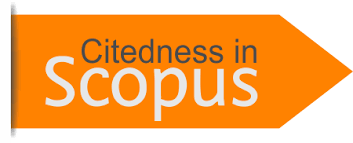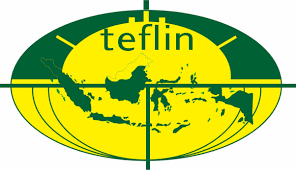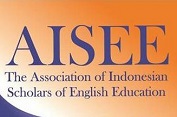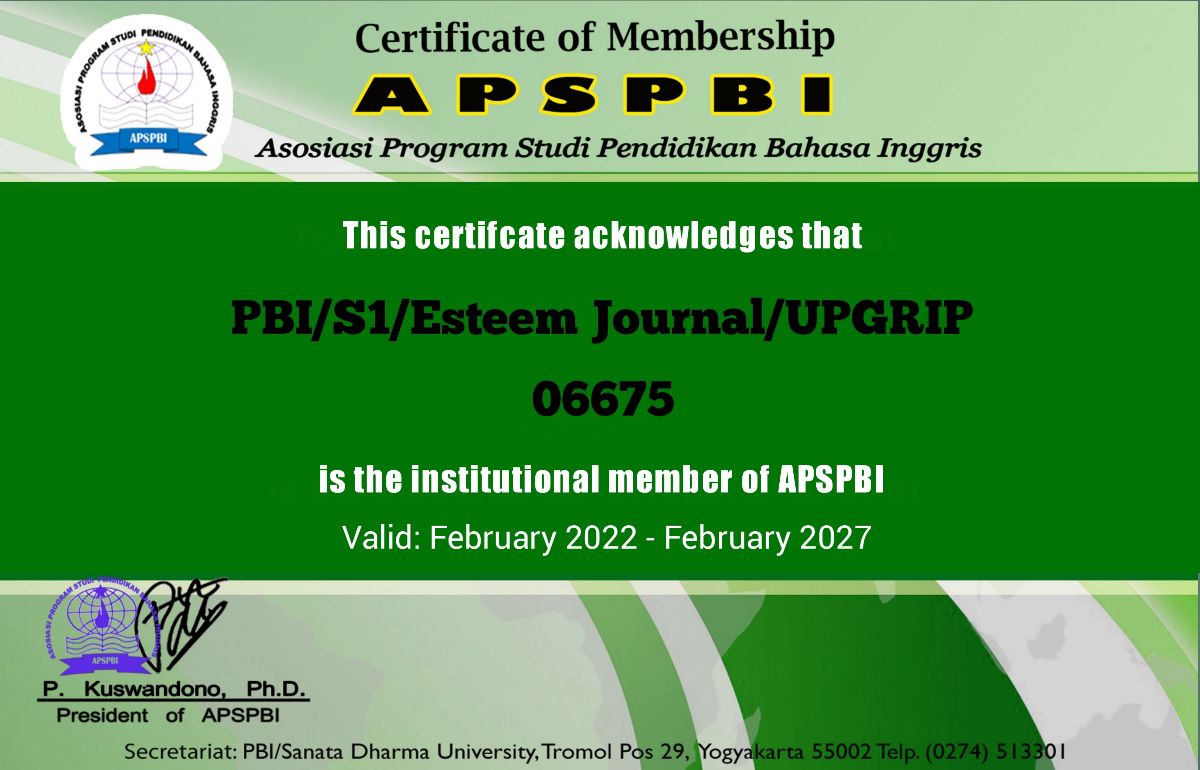THE INFLUENCE OF WORD WALL TECHNIQUE AND READING MOTIVATION TOWARD READING ACHIEVEMENT OF THE SEVENTH GRADE STUDENTS
DOI:
https://doi.org/10.31851/esteem.v5i1.7461Keywords:
Reading Achievement, Word Wall Technique, Reading MotivationAbstract
This study aimed to finding out whether (1) there was a significant difference in reading achievement between the students who have high reading motivation taught using word wall technique and those are taught using conventional technique; (2) there was a significant difference in reading achievement between the students who have low reading motivation taught using word wall technique and those are taught using conventional technique; (3) there was a significant difference in reading achievement between the students who have high and low reading motivation taught using word wall technique and those are taught using conventional technique; (4) there was an interaction effects of word wall technique and reading motivation on the students’ reading achievementDue the research findings, it was (1) there was a significant difference in reading achievement between the students who have high reading motivation taught using word wall technique and those are taught using conventional technique (0.039<0.05). (2) there was a significant difference in reading achievement between the students who have low reading motivation taught using word wall technique and those are taught using conventional technique (.021<0.05). (3) there was a significant difference in reading achievement between the students who have high and low reading motivation taught using word wall technique and those are taught using conventional technique (.030<0.05). (4) there was an interaction effects of word wall technique and reading motivation on the students’ reading achievement (.014<0.05). it means that word wall technique is effectively used in high and low levels students’ reading motivation.
References
Brown, Douglas. 2004. Language Assesment. Principles and Classroom Practices. United states of America. Pearson Education, Inc.
Creswell, John W. 2005. Educational Research. Planning, Conducting, and Evaluating Quantitative and Qualitative Research. Second Edition. New Jersey. Pearson Education, Inc.
Cronsberry, Jennifer. 2004. Word Walls. A Support for Literacy in Secondary School Classrooms.
Anindyajati, Choiri. 2017.The Effectiveness Of Using Word Wall Media To Increase Science-Based Vovabulary Of Students With Hearing Impairment.Volume 2. Issue . Available on line www.oapub.org/edu
Frankel, Wallen, 1990. How to Design and Evaluate Research in Education. United States of America. McGraw-Hill, Inc.
Harmer, Jeremy. The Practice of English Language Teaching. Fourth Edition.
Jasmine, Schiesl, 2009. Reading Horizon. The Effects of Word Wall Activities on the Reading Fluency of First Grade Students. Volume 49, Issue 4. The Berkeley Electronic Pressn (bepress). Htpp://scholarworks.wmich.edu/reading_horizons.
Jaya, A. Habibi, A. 2016. Fishbowl Technique and Learning Interest Effects on Speaking Achievement of SMK Sembawa. Jambi-English Language Teaching. 1(1)
Jaya, A. Hermansyah, Mortini, A. 2018. The Effect of Crawford Series Teaching (CST) on the Students’ Writing Achievement. ESTEEM: Journal of English Study Program. 1(1).
Kasim, Nur Aeni. 2011. Increasing The Students’ Vocabulary Mastery By Using Word Wall Media. Neni.kasim@yahoo.co.id.
Nuzulina, Siska. 2011. Influence Of Using Word Wall Toward Students’ Vocabulary Mastery At Mts AL-FurqanDumai.
Oxfort.1995. Advanced Learner’s Dictionary. Fifth Edition. Oxford University Press.
Saimabang, Baginda. 2015. English Language Teaching in a Foreign Situation. Palembang. Citrabooks Indonesia.
Sartika, Ratu. 2017. Implementing Word Wall Srategy in Teaching Writing Descriptive Text Junior High School Students. Volume 5 No 2. Departement of English Education, Indonesia University of Education
Sugiyono, 2014. Metode Penelitian Kuantitatif Kualitatif dan R&D. Bandung. Alfabeta.
Downloads
Published
Issue
Section
License
Copyright Notice
Authors who publish with this journal agree to the following terms:
In order to assure the highest standards for published articles, a peer review policy is applied. In pursue of the compliance with academic standards, all parties involved in the publishing process (the authors, the editors and the editorial board and the reviewers) agree to meet the responsibilities stated below in accordance to the Journal publication ethics and malpractice statement.
Duties of Authors:
- The author(s) warrant that the submitted article is an original work, which has not been previously published, and that they have obtained an agreement from any co-author(s) prior to the manuscript’s submission;
- The author(s) should not submit articles describing essentially the same research to more than one journal;
- The authors(s) make certain that the manuscript meets the terms of the Manuscript Submission Guideline regarding appropriate academic citation and that no copyright infringement occurs;
- The authors(s) should inform the editors about any conflict of interests and report any errors they subsequently, discover in their manuscript.
Duties of Editors and the Editorial Board:
- The editors, together with the editorial board, are responsible for deciding upon the publication or rejection of the submitted manuscripts based only on their originality, significance, and relevance to the domains of the journal;
- The editors evaluate the manuscripts compliance with academic criteria, the domains of the journal and the guidelines;
- The editors must at all times respect the confidentiality of any information pertaining to the submitted manuscripts;
- The editors assign the review of each manuscript to two reviewers chosen according to their domains of expertise. The editors must take into account any conflict of interest reported by the authors and the reviewers.
- The editors must ensure that the comments and recommendations of the reviewers are sent to the author(s) in due time and that the manuscripts are returned to the editors, who take the final decision to publish them or not.
Authors are permitted and encouraged to post online a pre-publication manuscript (but not the Publisher final formatted PDF version of the Work) in institutional repositories or on their Websites prior to and during the submission process, as it can lead to productive exchanges, as well as earlier and greater citation of published work (see The Effect of Open Access). Any such posting made before acceptance and publication of the Work shall be updated upon publication to include a reference to the Publisher-assigned DOI (Digital Object Identifier) and a link to the online abstract for the final published Work in the Journal.





























